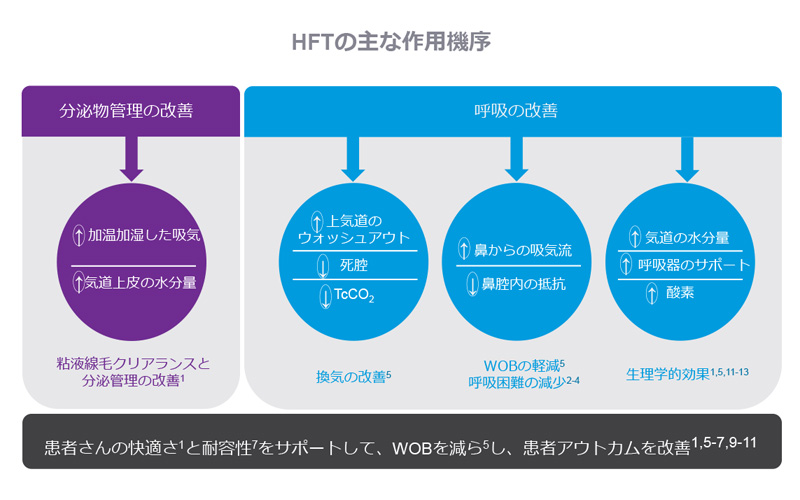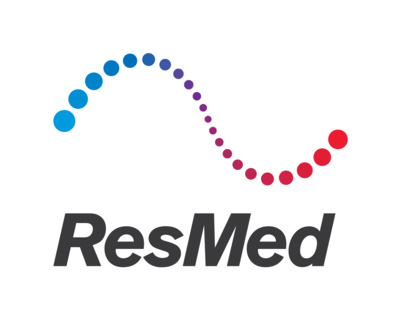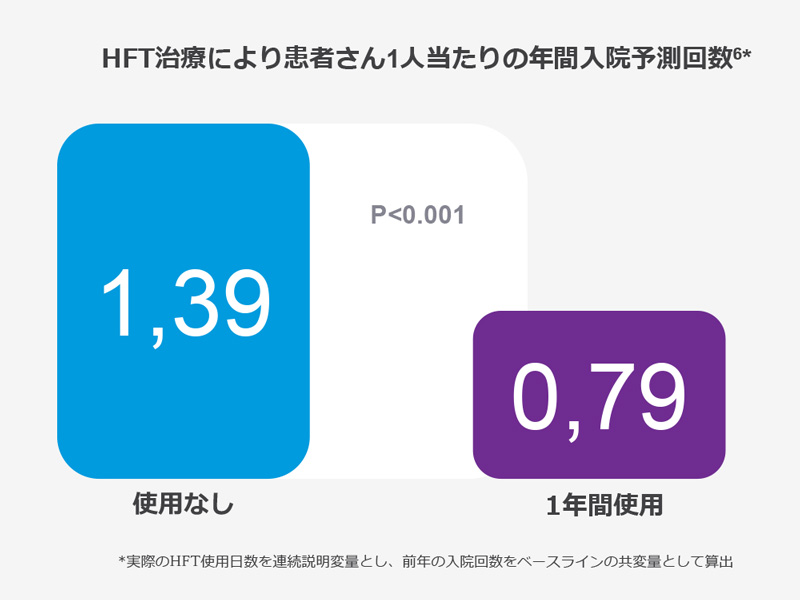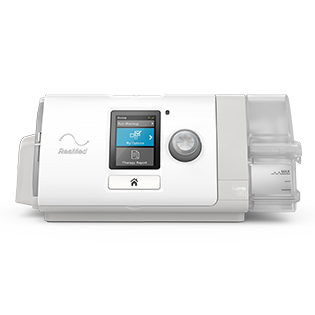COPDに対する在宅ハイフロー酸素療法に関する研究
在宅ハイフロー酸素療法の作用機序とCOPD患者さんの臨床成績に関して、最新の臨床研究で得られた主な知見をご紹介します。
HFTはシンプルかつ簡便な治療法であり、COPDの在宅治療として、臨床および患者アウトカムの両側面でメリットが期待できます。HFTは現在、主に急性期病院で成人を対象に使用されていますが、COPD患者さんに適した長期の在宅治療法としても用いられるようになりつつあります 6,7,14,15。
作用機序と臨床的なメリット
HFTは粘液線毛クリアランスと分泌物管理などの複数の機序をサポートし、呼吸の改善を通じて呼吸仕事量を低減させて、患者さんの快適さを高めることが期待できます1,5,11,12,13。

治療成績と患者さんのメリット
補助療法としての在宅HFTは、COPD患者さんの急性増悪と入院の頻度を減らし6,7,14,15、 粘液貯留1、咳1、高強度運動時の呼吸困難 2-4 といった症状を改善する一方で、患者さんのQoLを通常のケアよりも高く維持または改善します 6,7,14。
患者さんの快適さと生活の質
長期にわたって在宅でHFTを受けているCOPD患者さんは、LTOT(Long Term Oxygen Therapy)単独の通常ケアを受けている人に比べて、QoLスコアの維持や向上が認められることが明らかになっています6,7,14 。HFTは忍容性に優れた治療法であると考えられ7、粘液線毛クリアランスや分泌物管理を改善したり1、高強度の運動に伴う呼吸困難を軽減したりすることで 2-4患者さんの快適な生活に寄与します。
レスメドが推奨するカニューラのみご利用ください。
References:
1. Hasani A, et al. Domiciliary humidification improves lung mucociliary clearance in patients with bronchiectasis. Chron Respir Dis 2008;5:81-86.
2. Cirio S, Piran M, Vitacca M, Piaggi G, Ceriana P, Prazzoli M, et al. Effects of heated and humidified high flow gases during high-intensity constant-load exercise on severe COPD patients with ventilatory limitation. Respiratory Medicine 2016;118:128–32.
3. Neunhäuserer D, Steidle-Kloc E, Weiss G, Kaiser B, Niederseer D, Hartl S, et al. Supplemental Oxygen During High-Intensity Exercise Training in Nonhypoxemic Chronic Obstructive Pulmonary Disease. The American Journal of Medicine 2016;129(11):1185–93.
4. Chatila W, Nugent T, Vance G, Gaughan J, Criner GJ. The Effects of High-Flow vs Low-Flow Oxygen on Exercise in Advanced Obstructive Airways Disease. Chest 2004;126(4):1108–15.
5. Fraser JF, et al. Nasal high flow oxygen therapy in patients with COPD reduces respiratory rate and tissue carbon dioxide while increasing tidal and end-expiratory lung volumes: a randomised crossover trial. Thorax 2016;71:759-761.
6. Storgaard LH, et al. Long-term effects of oxygen-enriched high-flow nasal cannula treatment in COPD patients with chronic hypoxemic respiratory failure. Int J Chron Obstruct Pulmon Dis 2018;13:1195-1205.
7. Rea H, et al. The clinical utility of long-term humidification therapy in chronic airway disease. Respir Med 2010;104:525-533.
8. Nagata K, Kikuchi T, Horie T, Shiraki A, Kitajima T, Kadowaki T, et al. Domiciliary High-Flow Nasal Cannula Oxygen Therapy for Stable Hypercapnic COPD Patients: A Multicenter, Randomized Crossover Trial. Annals of the American Thoracic Society. 2017.
9. Elshof J, Duiverman ML. Clinical Evidence of Nasal High-Flow Therapy in Chronic Obstructive Pulmonary Disease Patients. Respiration 2020;99:140-153.
10. Nishimura M. High-Flow Nasal Cannula Oxygen Therapy in Adults: Physiological Benefits, Indication, Clinical Benefits, and Adverse Effects. Respir Care 2016;61:529-541.
11. Vogelsinger H, et al. Efficacy and safety of nasal high-flow oxygen in COPD patients. BMC Pulm Med 2017;17:143.
12. Biselli P, Fricke K, Grote L, Braun AT, Kirkness J, Smith P, et al. Reductions in dead space ventilation with Nasal High Flow depend on physiologic dead space volume – Metabolic hood measurements during sleep in patients with COPD and controls. European Respiratory Journal. 2018.
13. McKinstry S, Pilcher J, Bardsley G, Berry J, Van de Hei S, Braithwaite I, et al. Nasal high flow therapy and PtCO2 in stable COPD: A randomized controlled cross-over trial. Respirology.2017.
14. Nagata K, Kikuchi T, Horie T, et al. Domiciliary High-Flow Nasal Cannula Oxygen Therapy for Patients with Stable Hypercapnic Chronic Obstructive Pulmonary Disease. A Multicenter Randomized Crossover Trial. Ann Am Thorac Soc. 2018;15(4):432-439.
15. Nagata K, et al. Domiciliary high-flow nasal cannula oxygen therapy for stable hypercapnic COPD patients: a prospective, multicenter, open-label, randomized controlled trial. medRxiv preprint doi:https://doi.org/10.1101/2021.05.21.21257508; posted May 23, 2021.
 日本(日本語)
日本(日本語)

